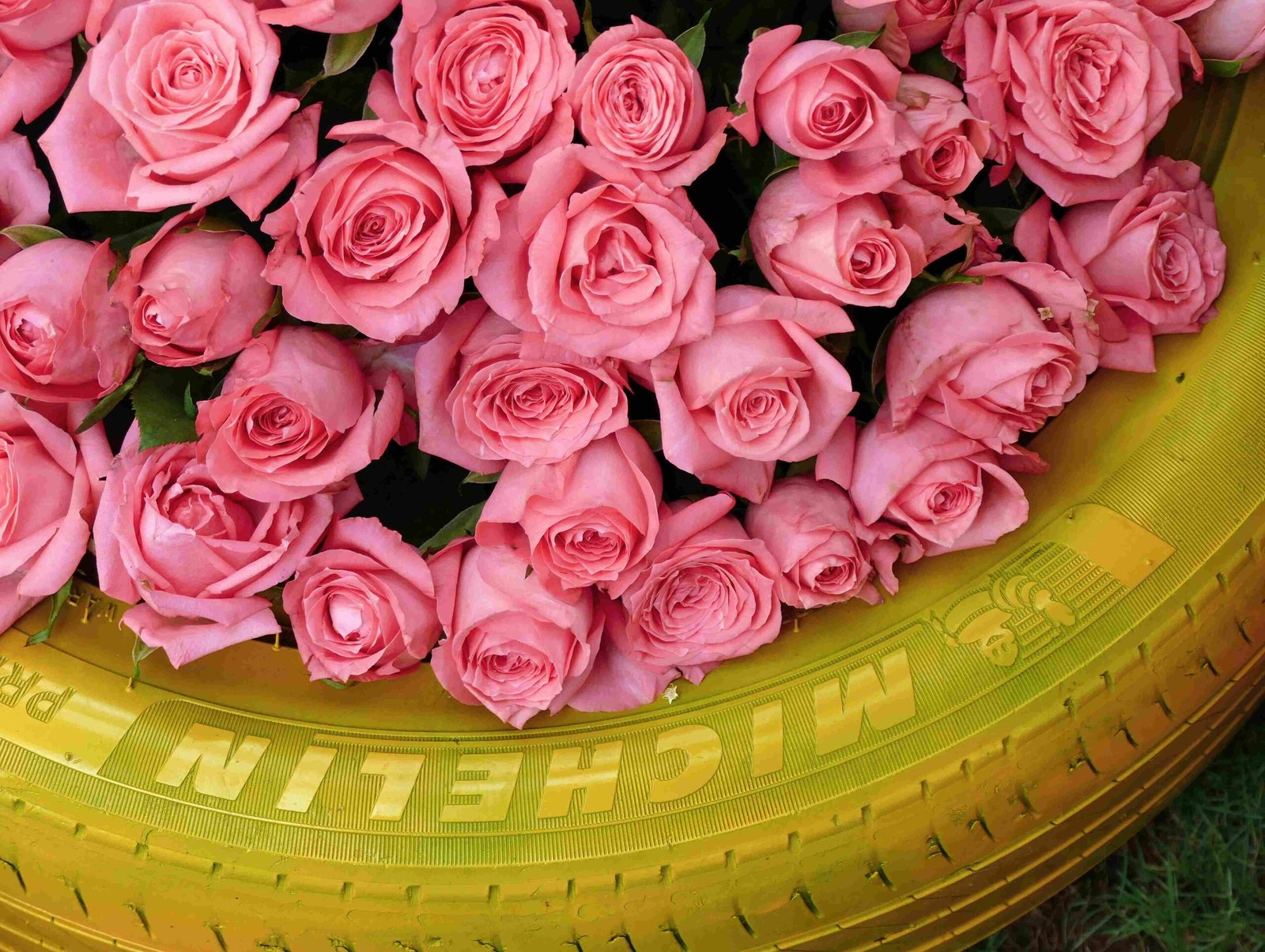What is the Optimal Time of Year to Head Roses?

Deadheading roses is best done throughout the blooming season, typically from late spring to early autumn, when the flowers have fully bloomed and are beginning to fade.
What Tools are Needed for Heading Roses?

- Secateurs (pruning shears)
- Gloves
- Optional: Handheld pruners like Felco 11 Improved Classic Pruning Shear or Bahco ERGO™ PX Pruner.
What are the Cutting Techniques for Heading Roses?
For Multi-Flowered Roses
- Remove each flower from the cluster as its petals begin to fall, either by snipping with secateurs or pinching it out. Once all the flowers in a cluster have finished, remove the whole stem.
For Single-Flowered Roses
- Snip off the flowerhead and about 15cm (6 inches) of stem, cutting just above a strong, healthy leaf. This encourages new flower shoots to grow from that leaf joint.
For Rambling Roses
- Since rambling roses usually flower once during the season, prune them straight after flowering. Cut back the stems to a healthy bud eye, just above a set of five leaves.
General Technique
- Identify a healthy bud eye just above the first set of five leaves.
- Make a clean, angled cut about ¼ inch (6 mm) above the bud eye to prevent water from pooling and reduce the risk of disease.
- For a more traditional method, cut back to a five-leaflet leaf, cutting at an angle just above a leaflet that is facing outward.
What are the Ideal Conditions for Heading Roses?
Temperature and Humidity
There are no specific temperature or humidity ranges required for deadheading, but it is generally best done during cooler parts of the day to avoid stressing the plant.
Soil Conditions
- Ensure the soil is well-draining and rich in nutrients. Mulching around the base of the plant helps retain moisture and prevent weeds from competing for nutrients.
Necessary Amendments or Treatments
- Feed your roses regularly with a balanced liquid fertilizer, such as Westland Rose High Performance Liquid Plant Food, to promote optimal growth and continuous blooming.
What is the Aftercare Post-Heading Roses?
Watering Schedule
- Water your roses deeply, allowing the soil to dry slightly between waterings to maintain healthy root growth.
Fertilizer
- Use a balanced liquid fertilizer regularly to support the plant’s energy in producing new flowers and healthy foliage.
Pest Management
- Regularly inspect your roses for pests and diseases. Removing spent blooms helps reduce the risk of diseases and pests that thrive on decaying petals and hips.
What are the Common Challenges and Solutions for Heading Roses?
Disease Prevention
- Remove spent blooms promptly to prevent fungal infections and diseases that can develop on soggy, slimy flowers.
- Make clean, angled cuts to prevent water from pooling on the cut area.
Timing Issues
- Deadhead as soon as the flowers start to fade to encourage new blooms. Delaying can signal the plant to start seed production, slowing down new growth.
Specific Rose Varieties
- Rambling roses require pruning straight after flowering, while repeat-bloomers benefit from regular deadheading throughout the season.
Unique Approaches
- For larger blooms, cut the stem lower on the bush. For a tidier plant, cut back to an acceptable height but leave some foliage on the canes.
References
- BBC Gardeners World Magazine: How to Deadhead Roses | BBC Gardeners World Magazine
- Heirloom Roses: Deadhead Roses
- Kent & Stowe UK: How to Deadhead Roses? – Gardening Advice – Kent & Stowe UK
